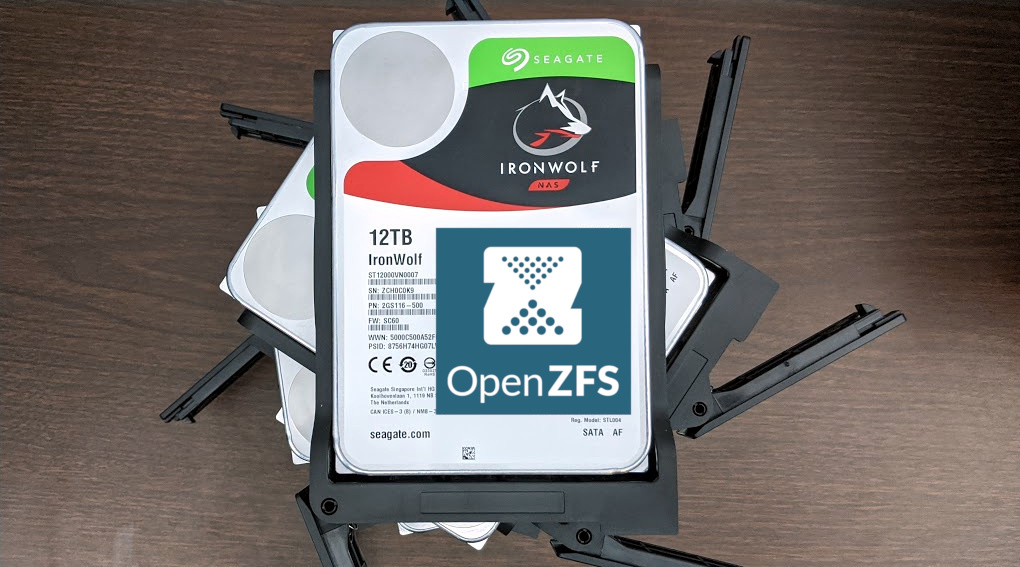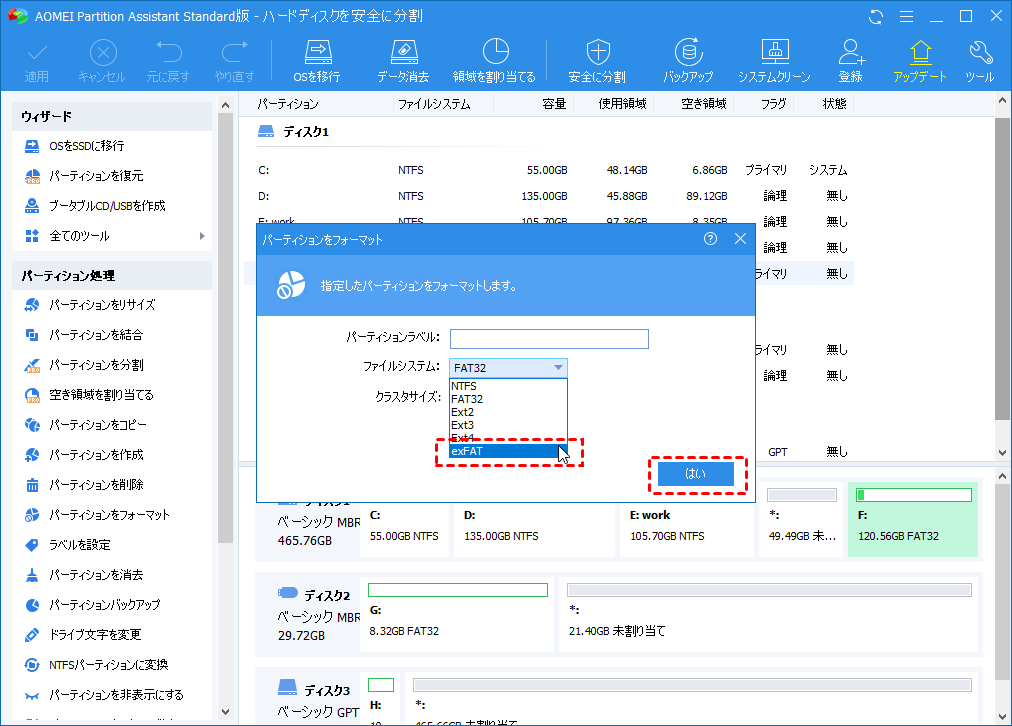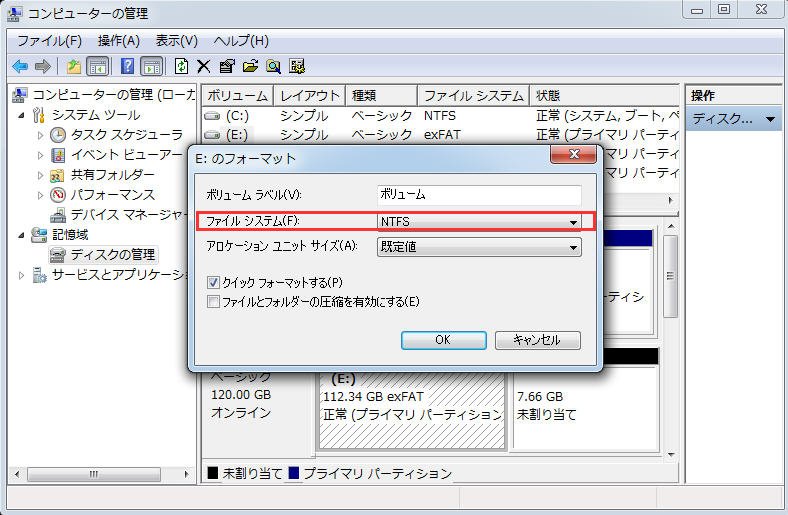

- #Zfs file system windows for mac os#
- #Zfs file system windows mac os x#
- #Zfs file system windows update#
- #Zfs file system windows code#
Here’s a great blog about ZFS and Apple from Adam Leventhal, who worked on it: ZFS: Apple’s New Filesystem That Wasn’tīy then, Sun was hitting hard times and Oracle swooped in to purchase the company.
#Zfs file system windows mac os x#
And this appears to have been concerning enough to Apple that they dropped ZFS support from Mac OS X 10.6 “Snow Leopard” just before it was released.
#Zfs file system windows code#
Although ZFS definitely did not copy code from NetApp, the copy-on-write approach to snapshots was similar to WAFL, and those of us in the industry grew concerned that the NetApp suit could impact the future availability of open-source ZFS. Sun counter-sued later that year, and the legal issues dragged on.

The skies first darkened in 2007, as NetApp sued Sun, claiming that their WAFL patents were infringed by ZFS.
#Zfs file system windows for mac os#
The darling of the industry, ZFS quickly appeared on Linux and FreeBSD and Apple even began work to incorporate it as the next-generation filesystem for Mac OS X! The future seemed bright indeed!Ĭhecksums for user data are essential or you will lose data: Why Big Disk Drives Require Data Integrity Checking and The Prime Directive of Storage: Do Not Lose Data 2007 to 2010: ZFS is Derailedīut something terrible happened to ZFS on the way to its coronation: Lawsuits, licensing issues, and FUD. And Sun open-sourced most of ZFS, allowing it to be ported to other operating systems. When ZFS appeared, it was a revolution compared to older volume managers and filesystems.
#Zfs file system windows update#

But I put all my valuable data on ZFS because it simply offers the best level of data protection in a small office/home office (SOHO) environment. ZFS should have been great, but I kind of hate it: ZFS seems to be trapped in the past, before it was sidelined it as the cool storage project of choice it’s inflexible it lacks modern flash integration and it’s not directly supported by most operating systems.


 0 kommentar(er)
0 kommentar(er)
